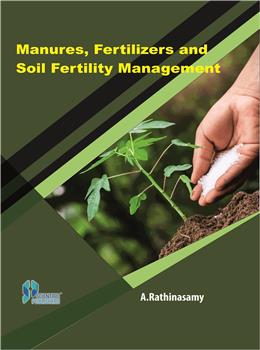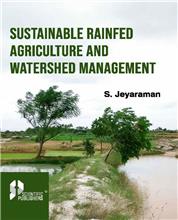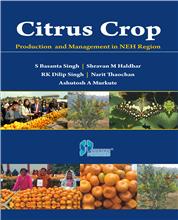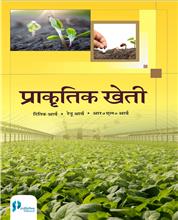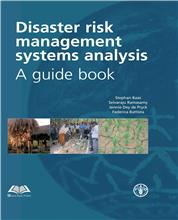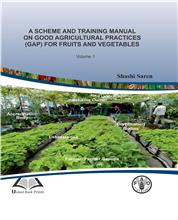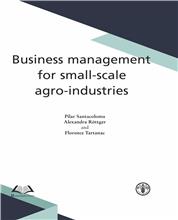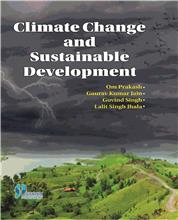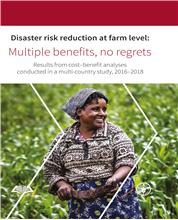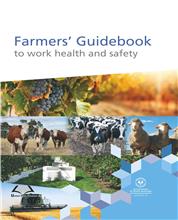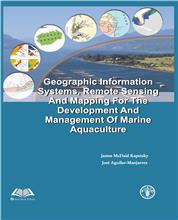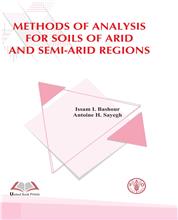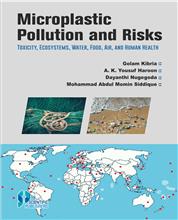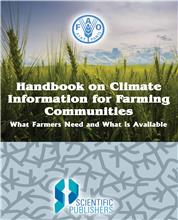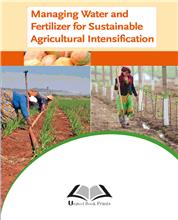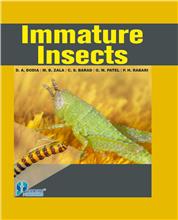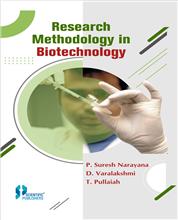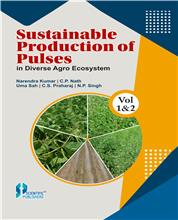Chapter 1: organic manures
A. Introduction
Defnition:
B. Classifcation of organic manures
1. Bulky organic manures
2. Concentrated organic manures:
C. Effect on physical, chemical & biological properties of soil
Effect on physical properties:
Effect on chemical properties:
Effect on biological properties
D. Bulky organic manures
1. Farm yard manure
2. Sheep and goat manure
3. Poultry manure
4. Crop residues
5. Green manures and green leaf manures
6. Compost
E. Methods of composting
1. Trench method
2. Pit method
3. Heap method
F. Main systems of composting
1. Adco process
2. Activated compost process
3. Indore process
4. Bangalore process
5. Coimbatore method
6. Reinforced compost
7. Sheet composting
G. Special composting methods
1. Nadep method of composting
2. Municipal solid waste composting (msw)
3. Coir pith composting
4. Sugarcane trash composting
5. Vermi composting
6. Night soil compost (poudrette)
H. Slurries
1. Animal slurry
2. Biogas plant slurry
I. Sewage
1. Sewage treatment process
2. Sludge process
J. Concentrated organic manures
1. Characters
2. Oil cakes
3. Meal group of manures
4. Guano
K. Waste products of industrial origin
1. Press mud
2. Slaughterhouse wastes
3. Distillery effluents (spent wash)
4. Other wastes
L. Commercial organic fertilizers
seaweeds
M. Soil organic matter (som)
1. Composition of plant residues
2. Decomposition of om in soils
3. Putrefaction
4. Pattern of om decomposition and formation of humic substances
5. Factors affecting om decomposition
6. C: n ratio
7. Role of som in soil fertility
8. Soil humus
9. Humus formation in soils
N. Carbon sequestration and carbon trading
1. Carbon cycle
2. Carbon sequestration and carbon trading
3. Carbon capture and storage (ccs) technologies
4. Carbon emission trading
5. Kyoto protocol and carbon trading
references
Chapter 2: fertilizers
A. Introduction
a brief historical overview
indian fertilizer scenario
fertilizer consumption
B. Classifcation of fertilizers
physical properties of fertilizers
chemical properties of fertilizers
C. Nitrogenous fertilizers
1. Classifcation of n fertilizers
2. Reactions of nitrogen fertilizers in soils
3. Other nitrogenous fertilizers
4. Solutions containing nitrogen (liquid fertilizers)
5. Slow release nitrogen fertilizers
D. Phosphatic fertilizers
1. Rock phosphate (rp)
2. Classifcation of phosphate fertilizers
3. Reactions of phosphate fertilizers in soils
E. Potassium fertilizers
1. Origin and reserves
2. Classifcation of potassium fertilizers
3. Reactions of potassium fertilizers in soils
F. Secondary nutrient fertilizers
1. Calcium fertilizers
2. Magnesium fertilizers
3. Sulphur fertilizers
G. Micronutrient fertilizers
1. Zinc fertilizers
2. Iron fertilizers
3. Copper fertilizers
4. Manganese fertilizers
5. Boron fertilizers
6. Molybdenum fertilizers
7. Chloride fertilizers
H. Complex fertilizers
i. Np complex fertilizers
ii. Npk complex fertilizers
iii. Fertilizers containing nitrogen and potassium (nk)
iv. Fertilizers containing nitrogen and sulphur (ns)
I. Mixed fertilizers
1. Methods of preparation of fertilizer mixtures
2. Physical and chemical changes taking place during mixing
J. Customized fertilizers
1. What is customized fertilizer
2. Manufacturing methodologies
K. Water soluble fertilizers
1. Introduction
2. Application of water soluble fertilizers
3. Liquid fertilizers
L. Nano fertilizers
1. What is nano fertilizer
2. Important properties of nano fertilizers
3. Nitrogen nano fertilizer
4. Phosphorus nano-fertilizer
5. Potassium nanofertilizer
6. Secondary nutrients nano-fertilizer
7. Micronutrients nano-fertilizer
8. Nano-composites
M. Soil amendments
1. Amending materials for correcting soil ph
2. Neutralizing value or cce of liming materials
3. Liming materials
4. Lime requirement
5. Acidulating the soil
6. Acidity and basicity of fertilizers
N. Handling and storage of fertilizers
1. Principal physical and chemical characteristics of fertilizers
2. Storage
3. How to protect fertilizers
4. Fertilizer legislation
5. Fertilizer control order (fco)
references
Chapter 3: Soil fertility and plant nutrition
A. Introduction
history of soil fertility and plant nutrition
the discovery of the essential nature of plant nutrients
essential plant nutrients
criteria of essentiality of plant nutrients
classifcation of plant nutrients based on requirement
levels of nutrients in plants
B. Primary nutrients in soils and plants
1. Nitrogen in soils and plants
2. Phosphorus in soils and plants
3. Potassium in soils and plants
C. Secondary nutrients in soils and plants
1. Calcium in soils and plants
2. Magnesium in soils and plants
3. Sulphur in soils and plants
D. Micronutrients in soils and plants
1. Zinc in soils and plants
2. Iron in soils and plants
3. Copper in soils and plants
4. Manganese in soils and plants
5. Boron in soils and plants
6. Molybdenum in soils and plants
7. Chloride in soils and plants
8. Nickel in soils and plants
E. Benefcial elements in soils and plants
1. Cobalt in soils and plants
2. Silicon in soils and plants
3. Sodium in soils and plants
4. Vanadium in soils and plants
F. The root-soil interface
1. Changes in soil properties in the rhizosphere
2. Root growth and nutrient uptake
3. Nutrient transfer in soil to root surface
4. Nutrient availability to plants
5. The mobility concept
6. Nutrient interactions in plants and soils
references
Chapter 4: soil fertility evaluation
A. Introduction
objectives of soil fertility evaluation
B. Concepts of soil fertility evaluation
crop response production function
1. Growth expressions
2. Liebigs law of minimum
3. Mitscherlichs law
4. Brays nutrient mobility concept
5. Baule unit
C. Approaches for soil fertility evaluation
1. Nutrient defciency symptoms of plants
2. Analysis of plant tissues (tissue testing)
3. Biological tests
4. Soil testing
D. Approaches for soil and plant test based fertilizer recommendations
1. Agronomic approach
2. Soil test rating and fertilizer adjustment
3. Critical soil test level approach
4. Foliar diagnosis
5. Percentage of yield maximum
6. Regression model for maximum proft
7. Deductive approach
8. Inductive approach
9. Targeted yield approach/ prescription procedure
10. Integrated stcr correlation approach
11. Soil fertility cum soil survey
12. Use of isotopic methods
references
Chapter 5: Soil fertility management
A. Introduction
soil fertility terms
importance of soil fertility
difference between soil fertility and productivity
B. Soil fertility problems
indian situation
consequences of soil fertility problems
C. Improving soil fertility
high yield levels
generally suggested measures for improving soil fertility
D. Strategies for optimizing nutrient management
1. Soil nutrients status
2. Quantity of nutrient uptake and removal
3. Crop recovery of added nutrients
4. Nutrient accounting: (nutrient additions and removals)
5. Nutrient-water relations
6. Nutrient and water- use effciency (nue and wue)
e. Nutrient management concepts and practices
1. Integrated nutrient management (inm)
2. Integrated plant nutrition system (ipns)
3. Site specifc nutrient management (ssnm)
3a. Option #1: use of fxed time/adjustable-dose n management
3b. Option #2: use of real-time n management
4. Nutrient management in dry land and irrigated farming
5. Nutrient management in salt -affected soils
6. Precision nutrient management
F. Suggested guidelines for effective nutrient management
the 4r nutrient stewardship
optimizing nutrient use effciency
references
Appendix: Fertilizer Guide
fertilizer grade
fertilizer ratio
fertilizer calculations
1. Calculating the amount of fertilizer required
2. Calculating the amount of nutrient applied
3. Calculating the unit cost per single nutrient
4. Calculation of fertilizer doses
mixed fertilizer calculations
subject index
